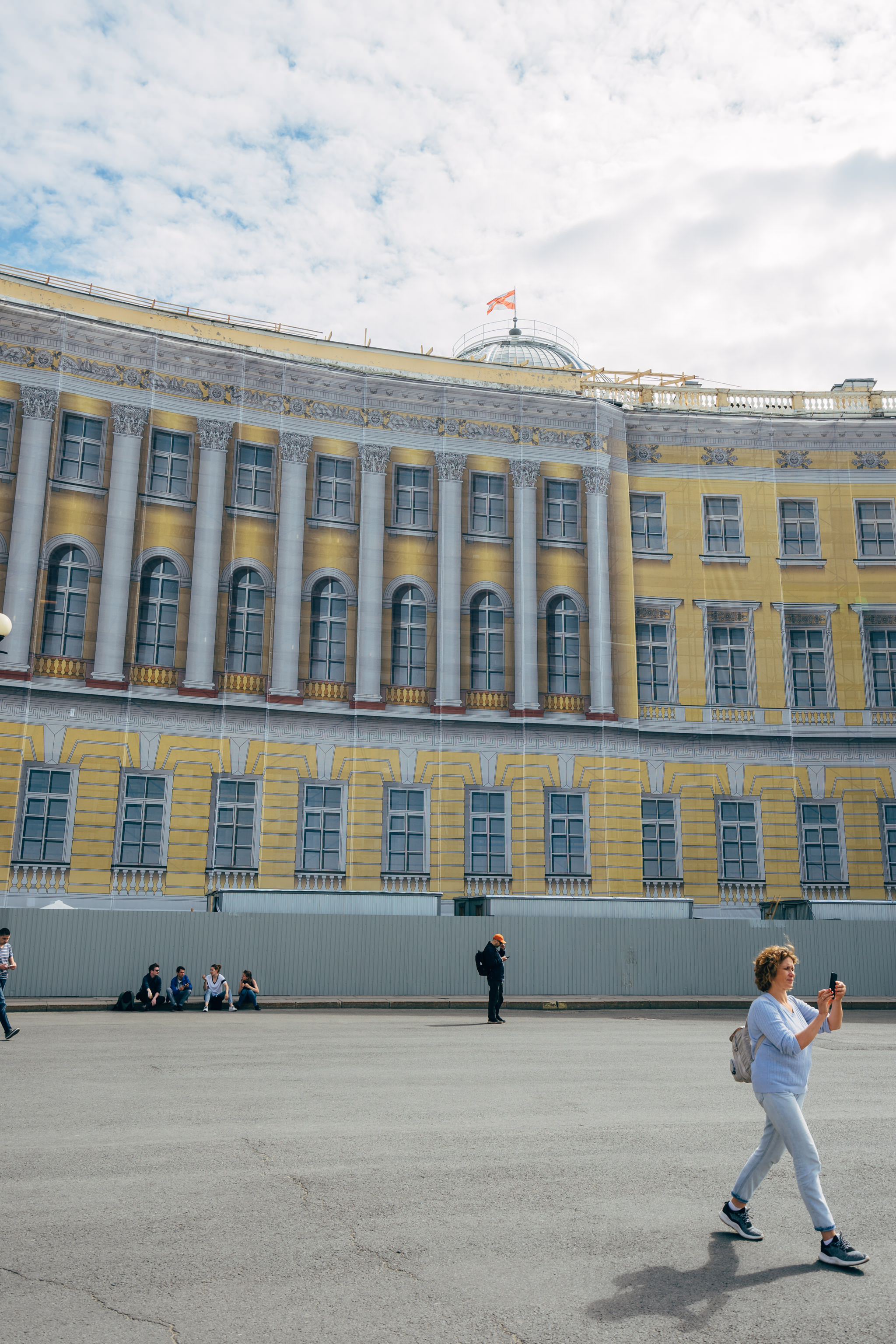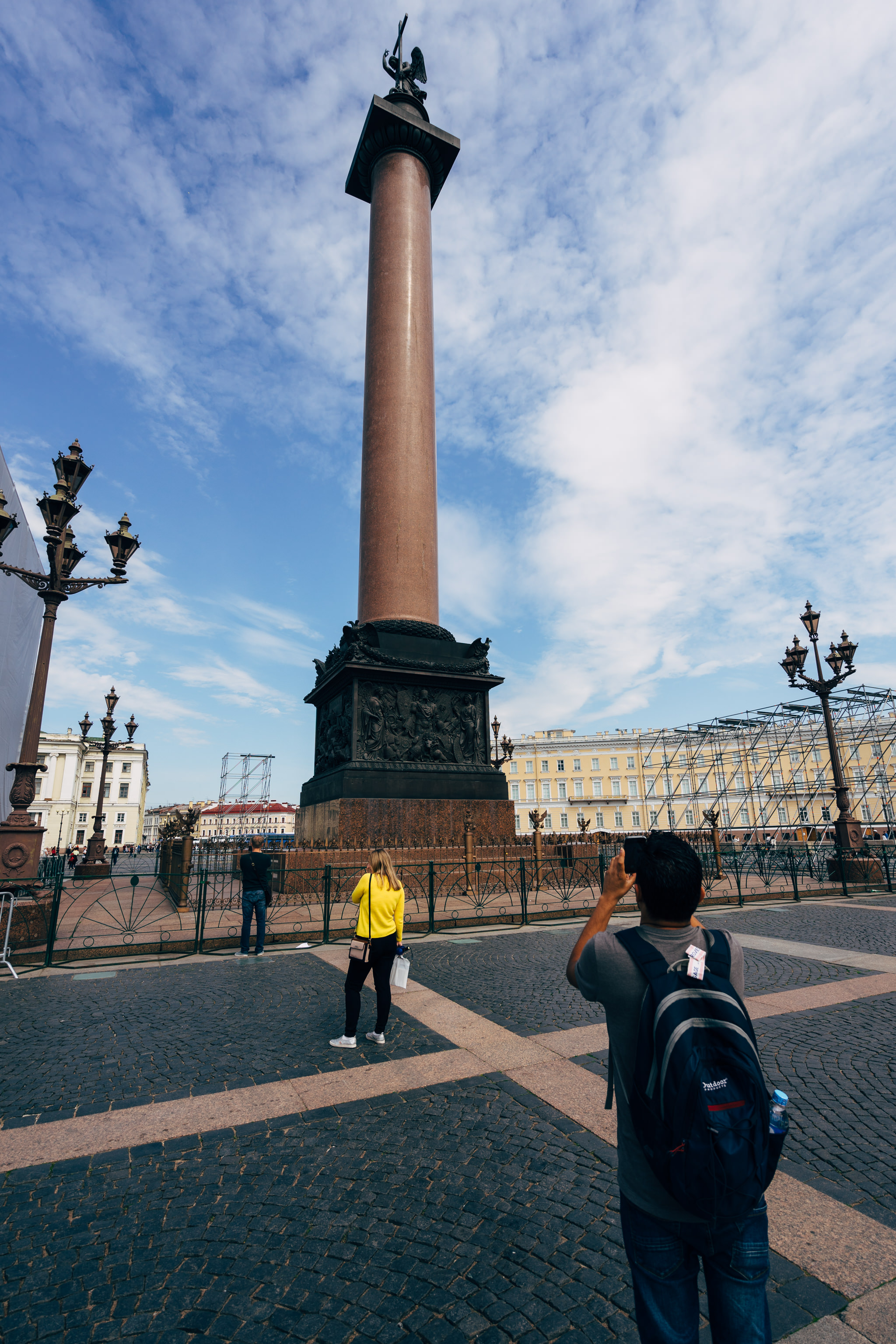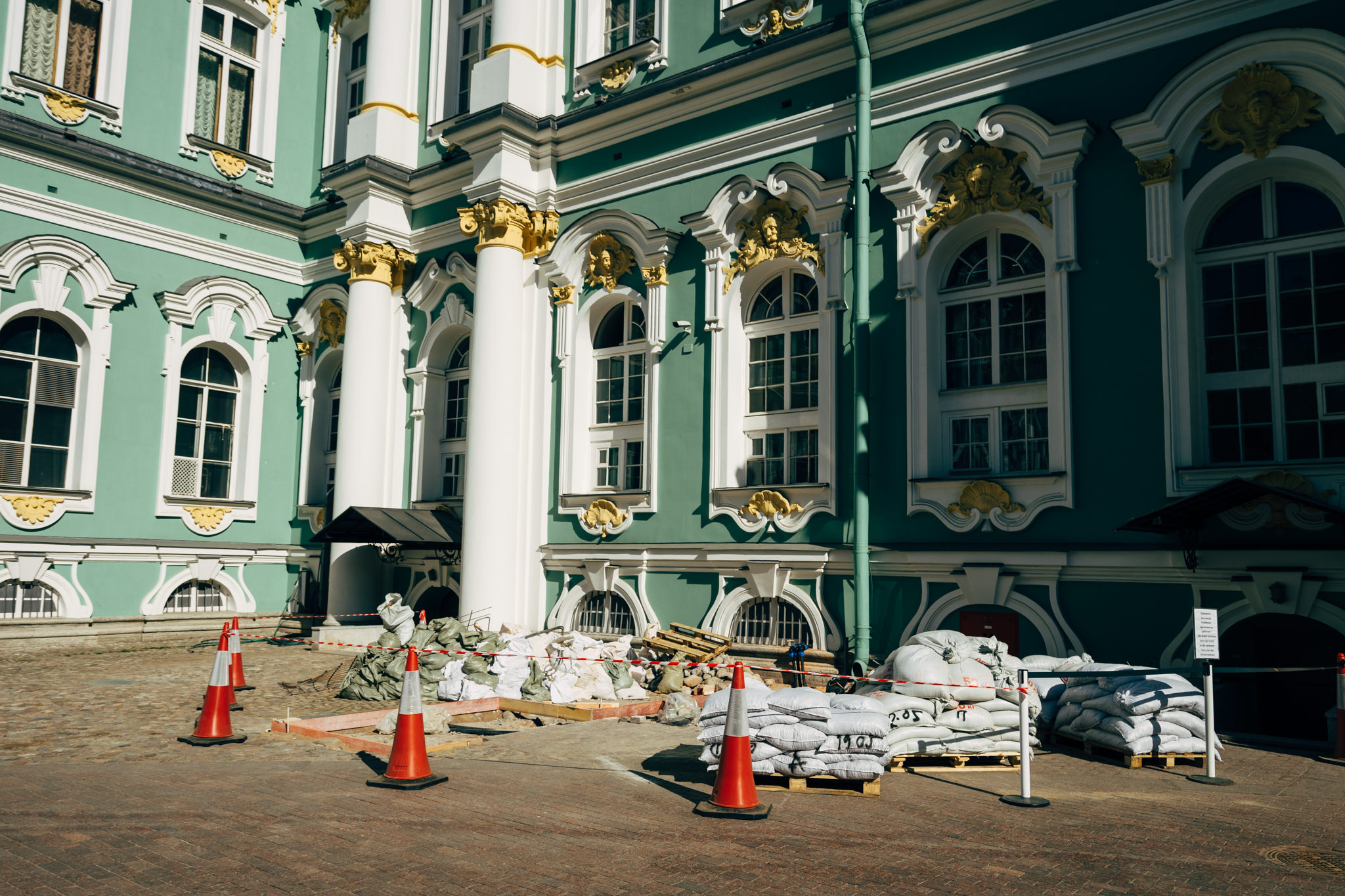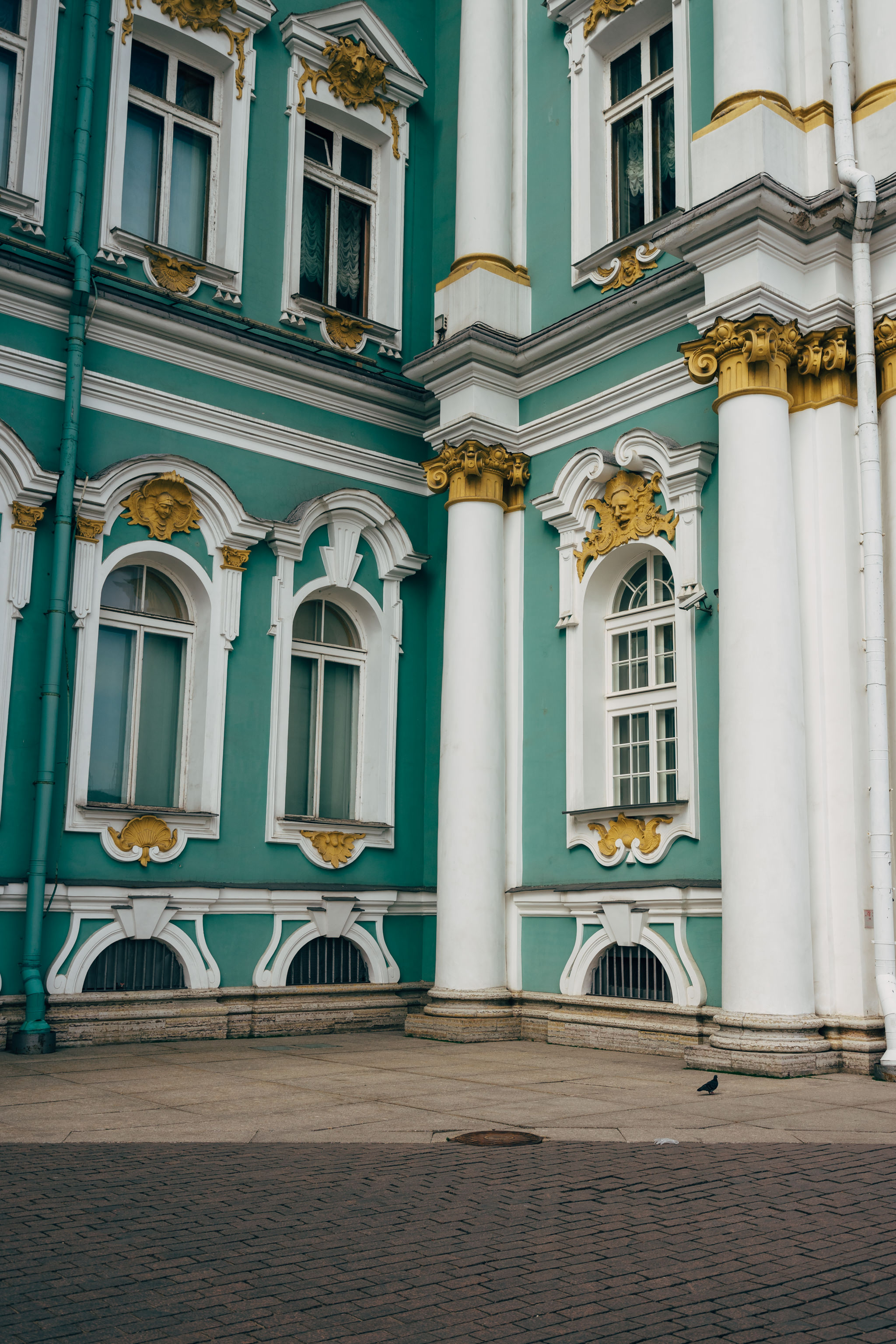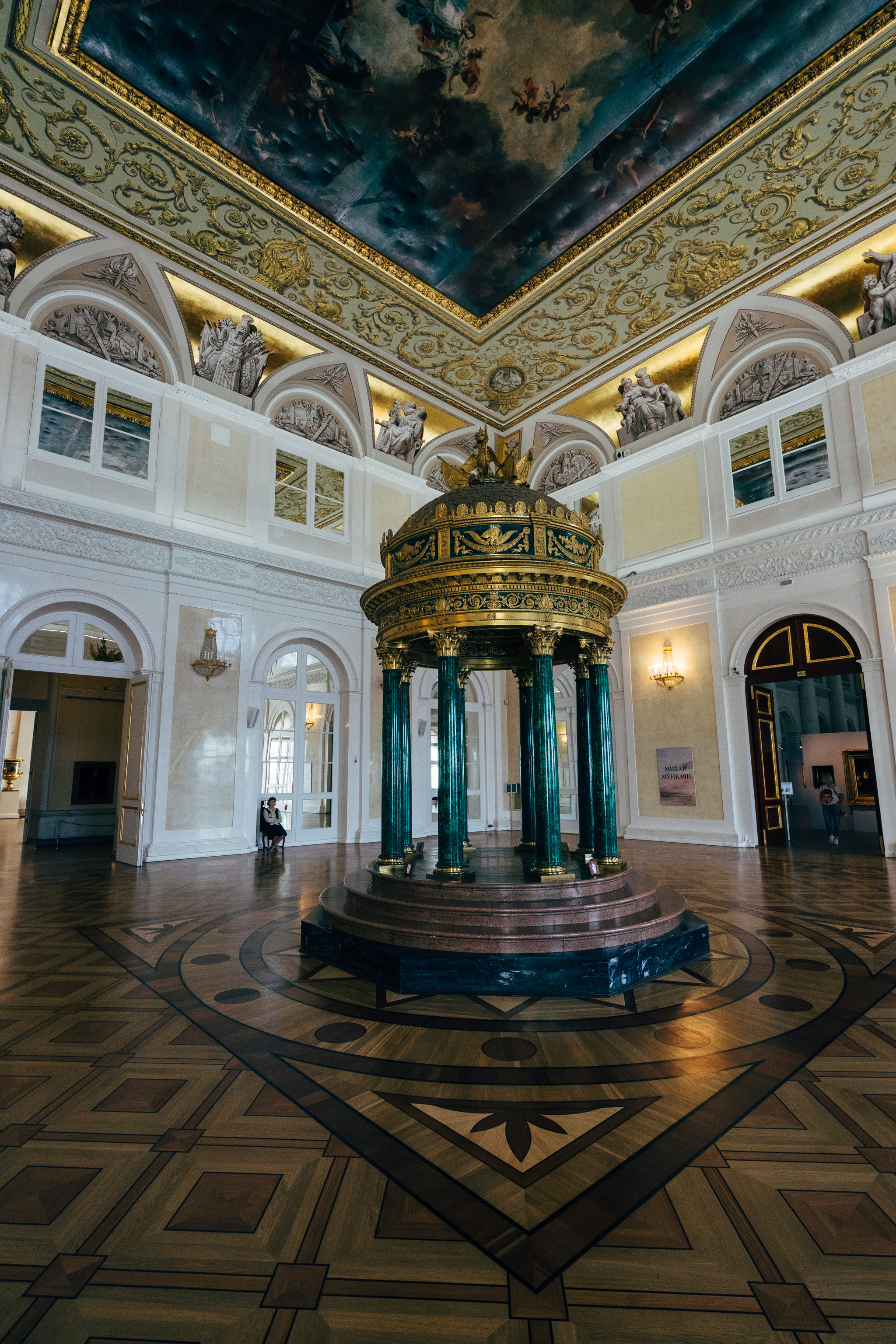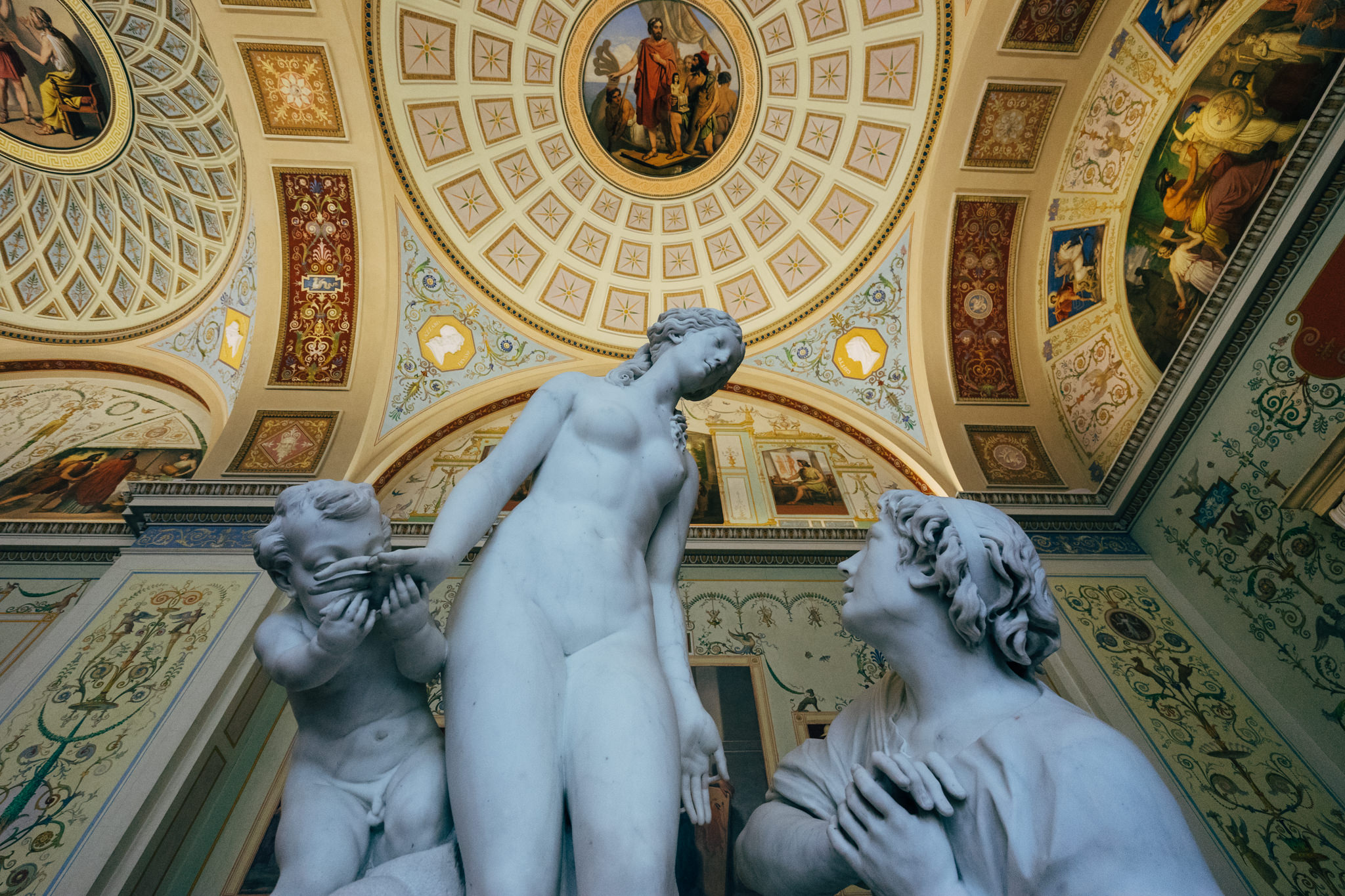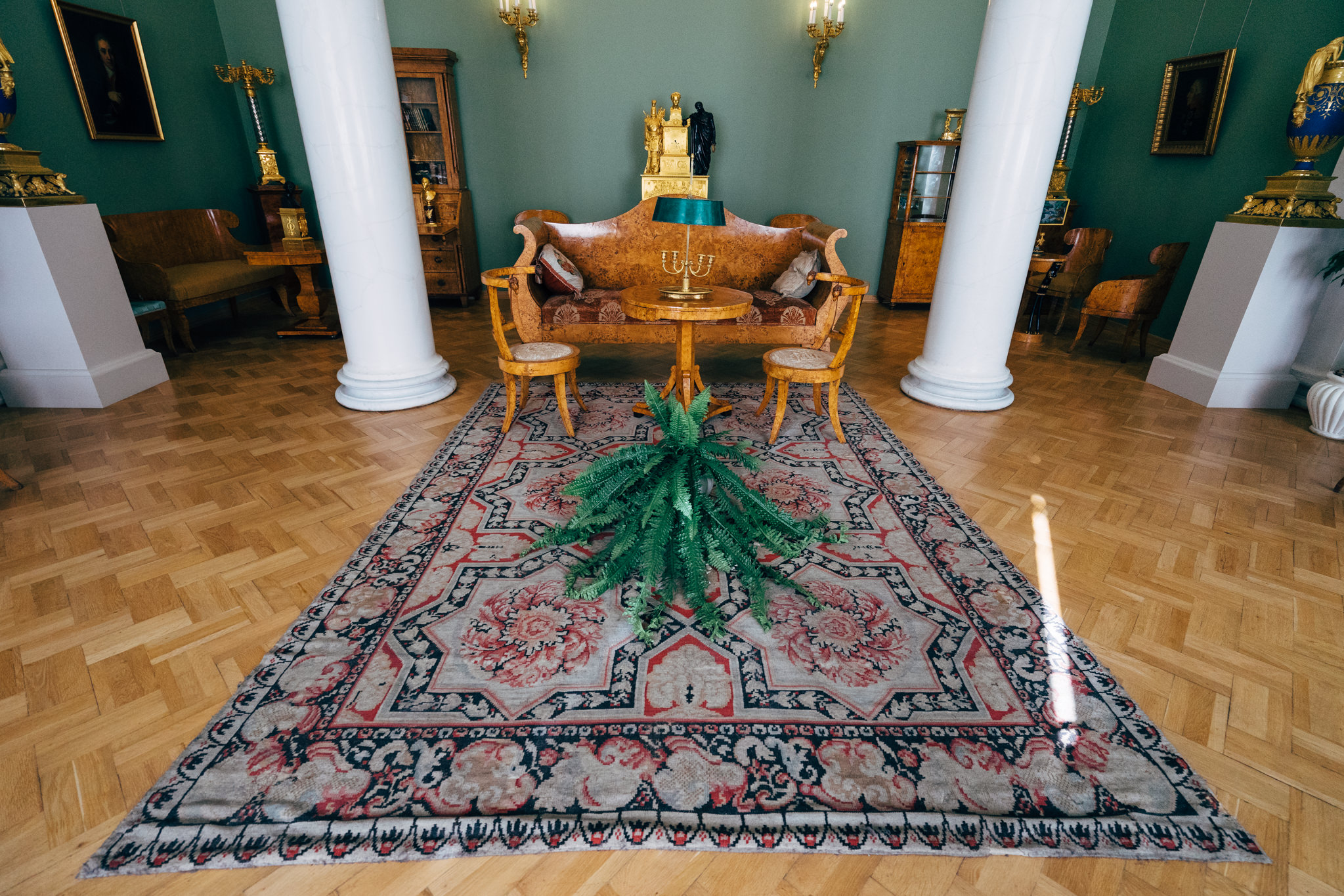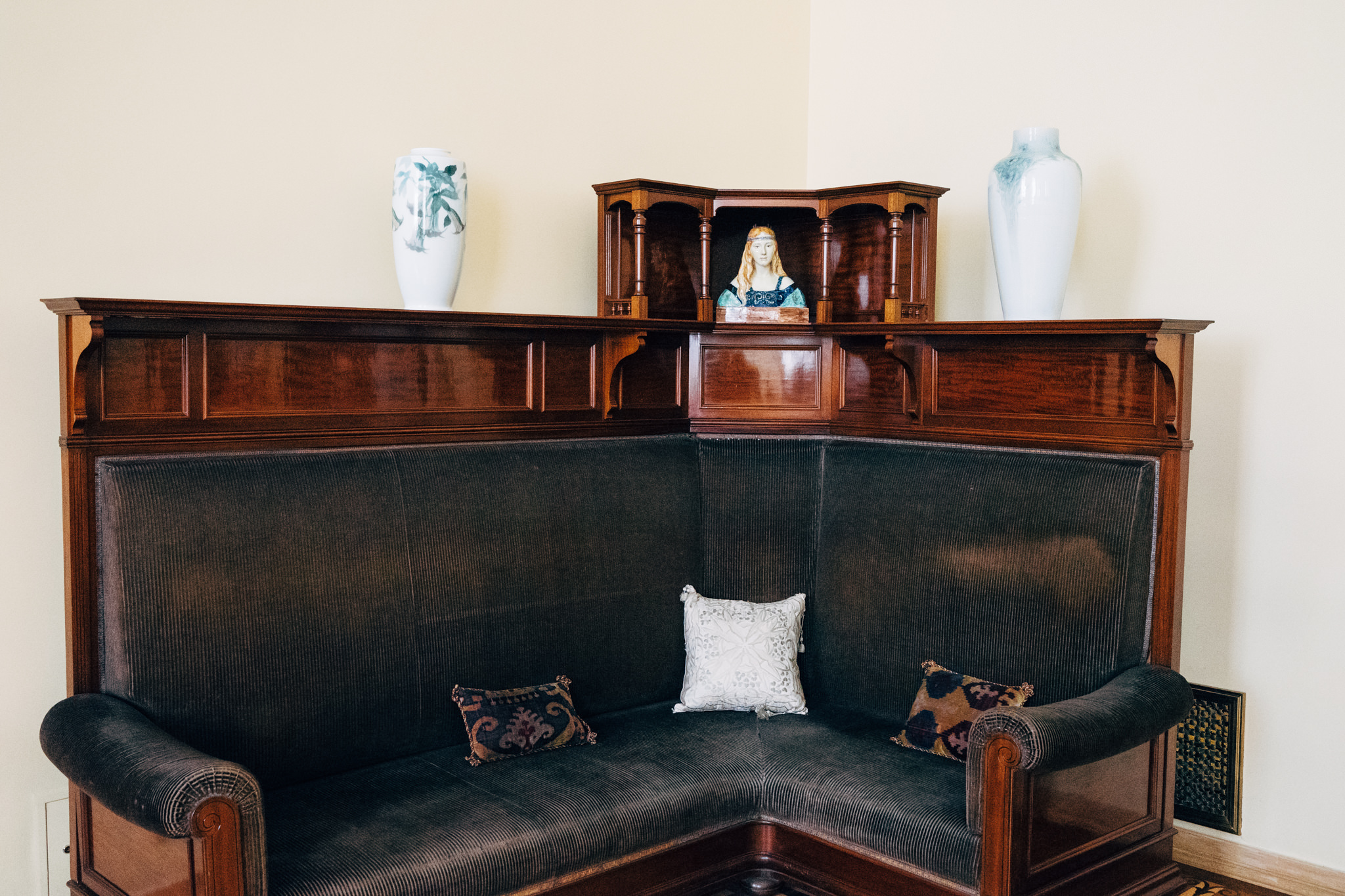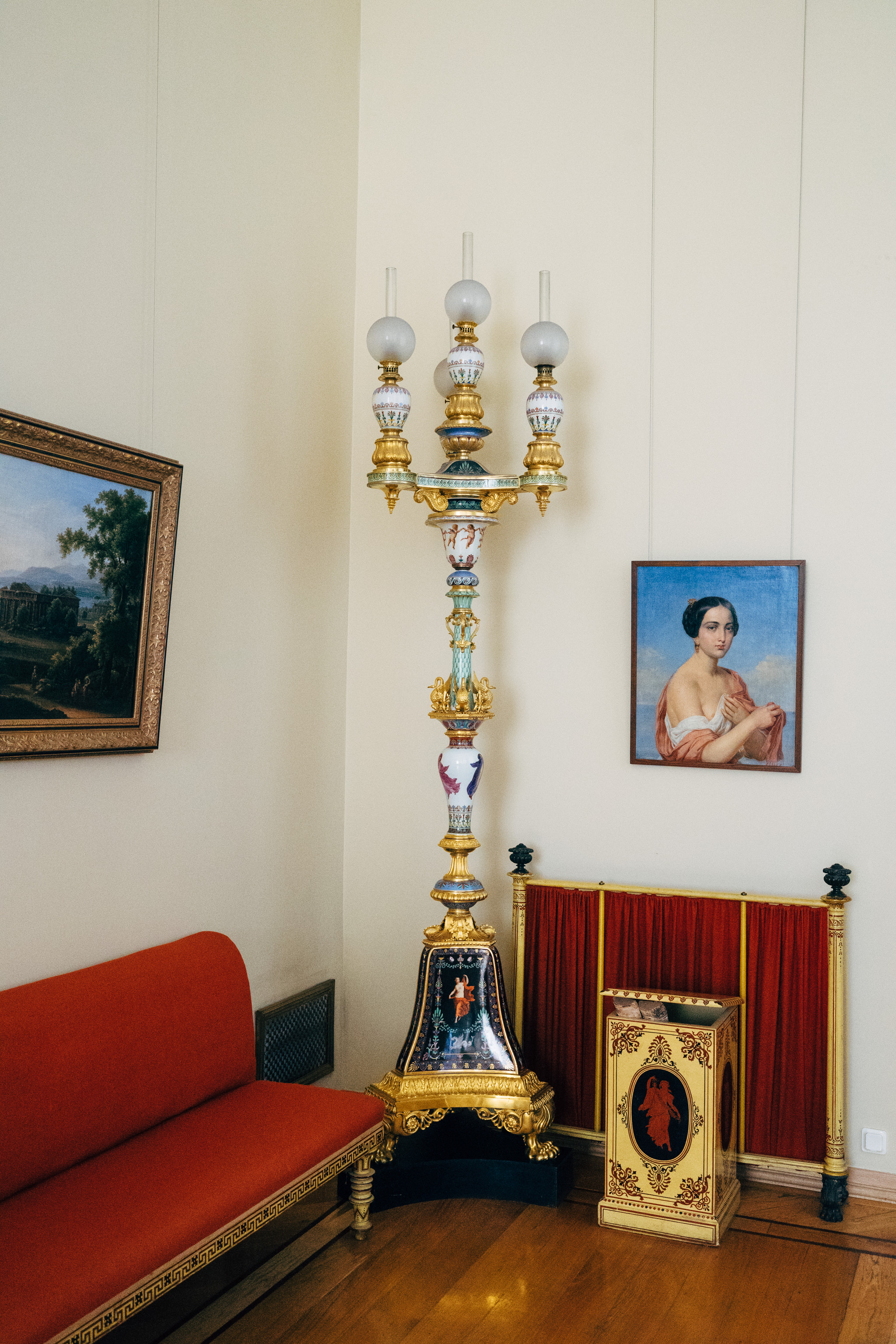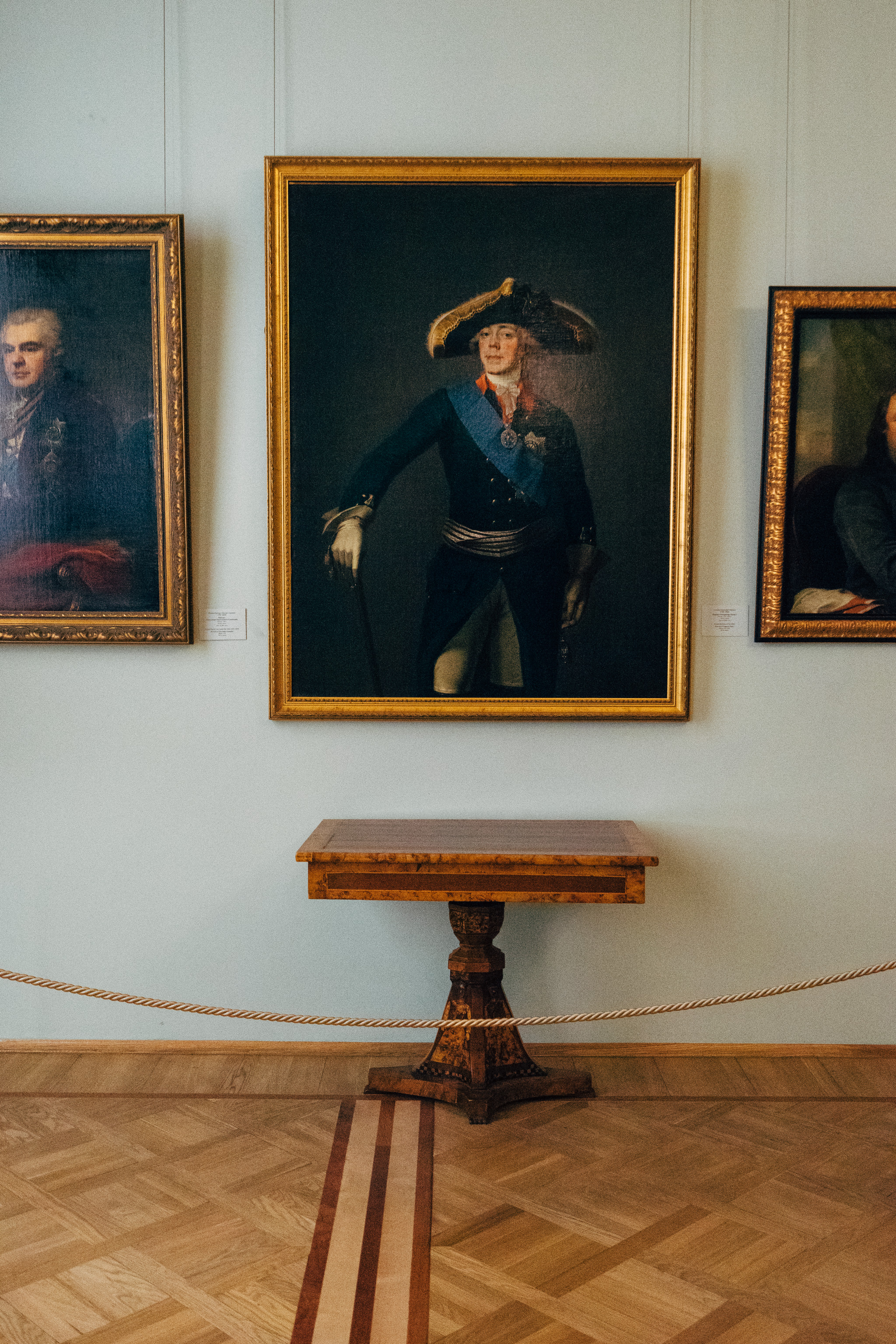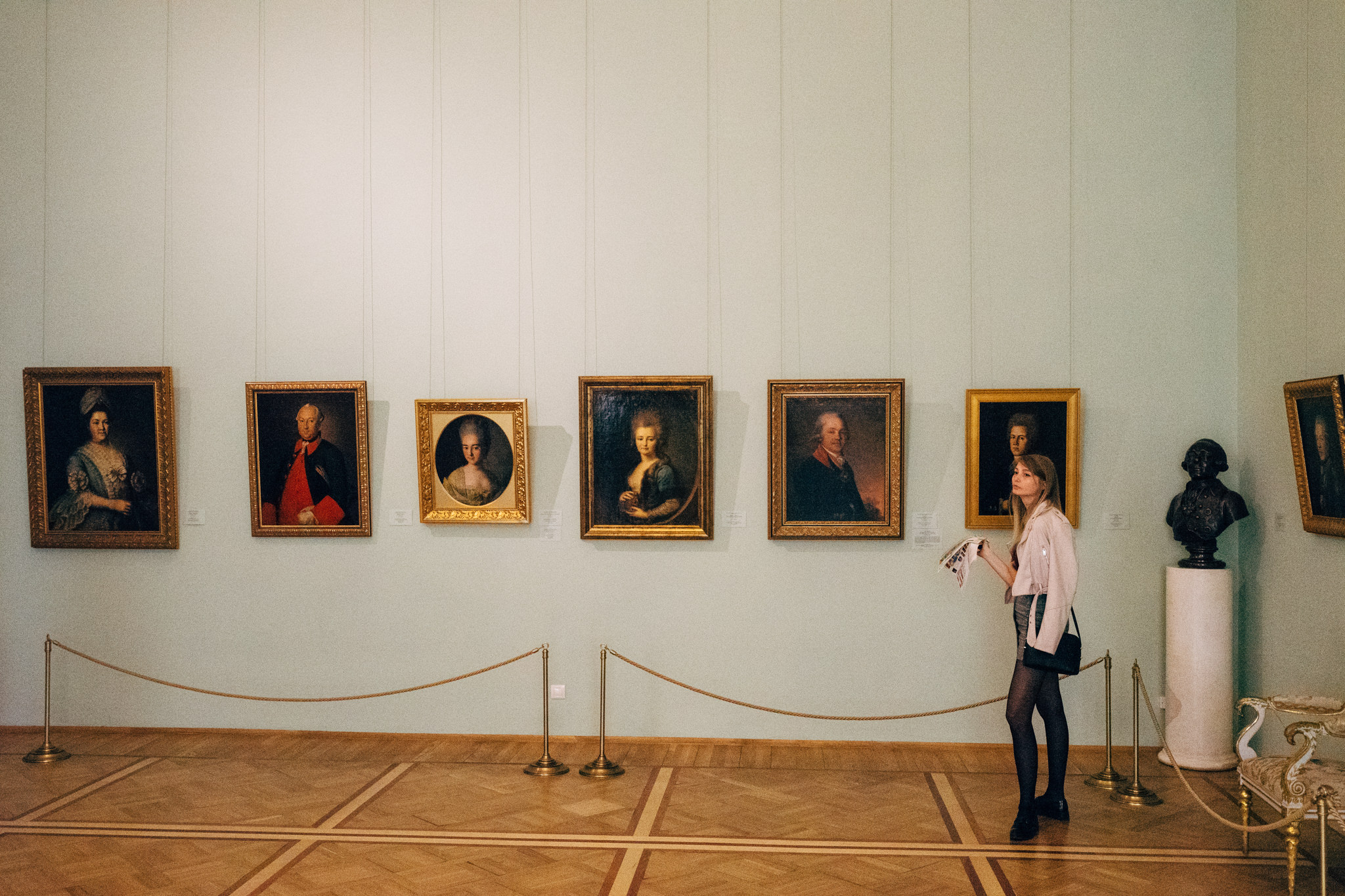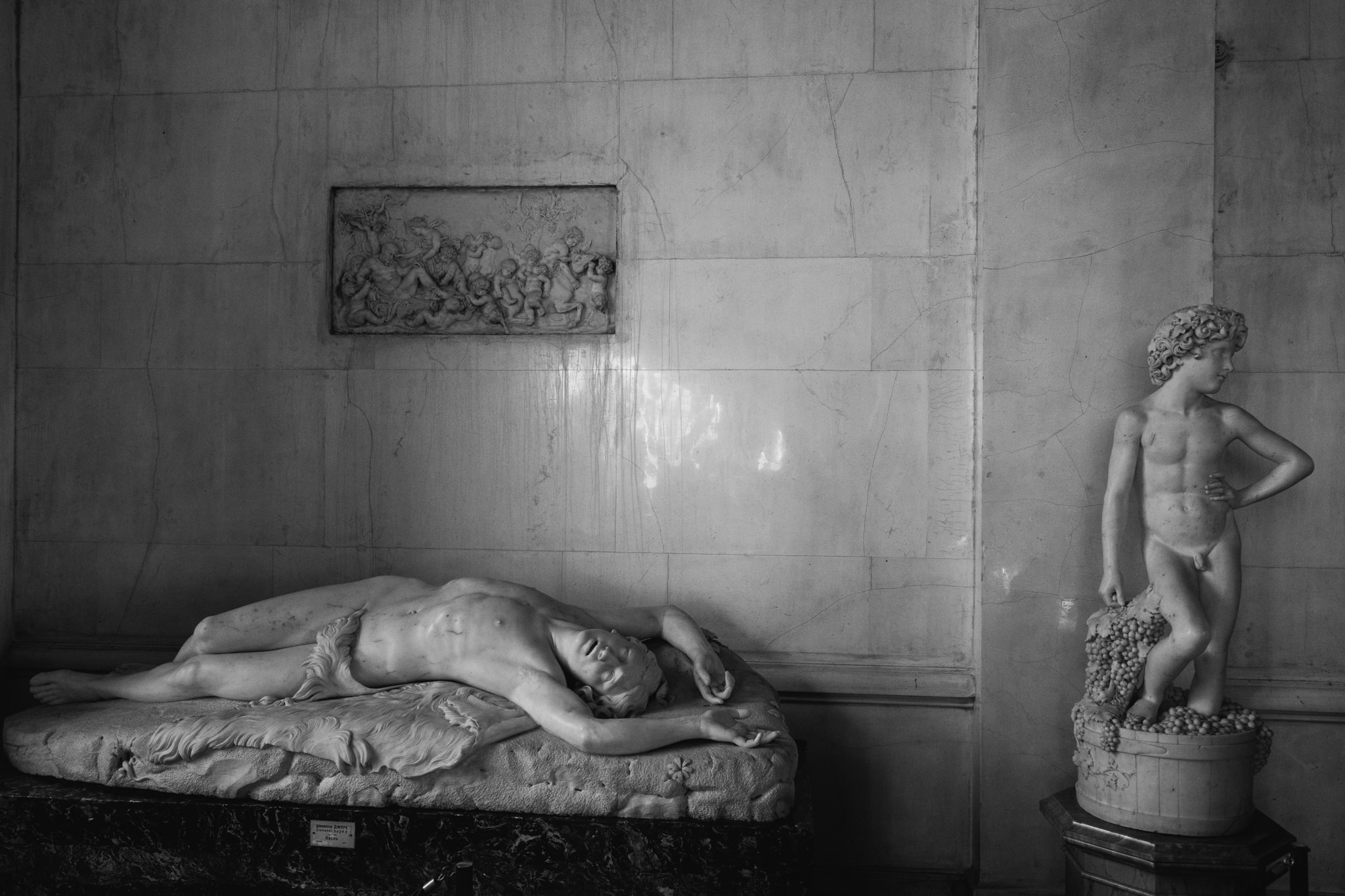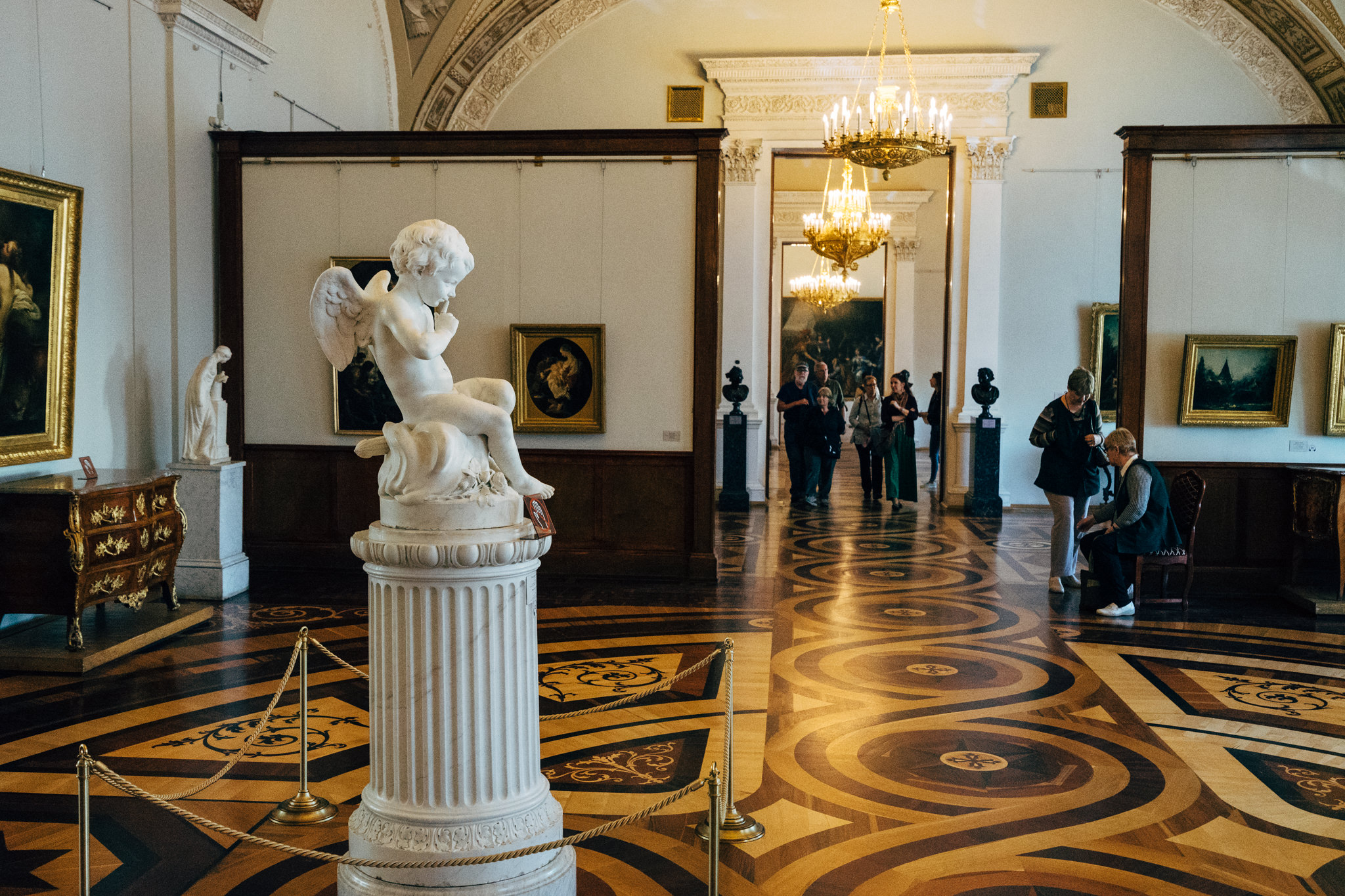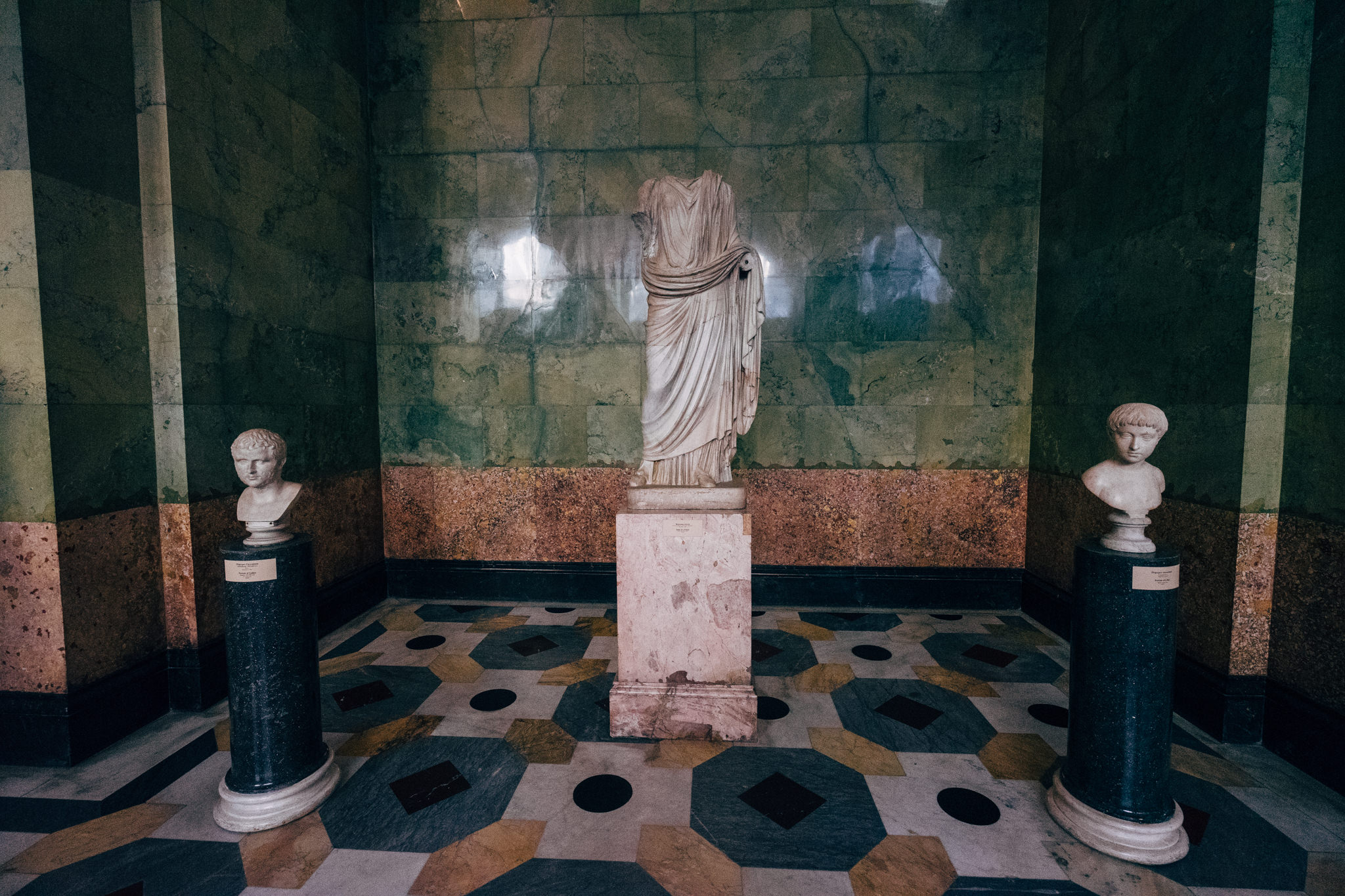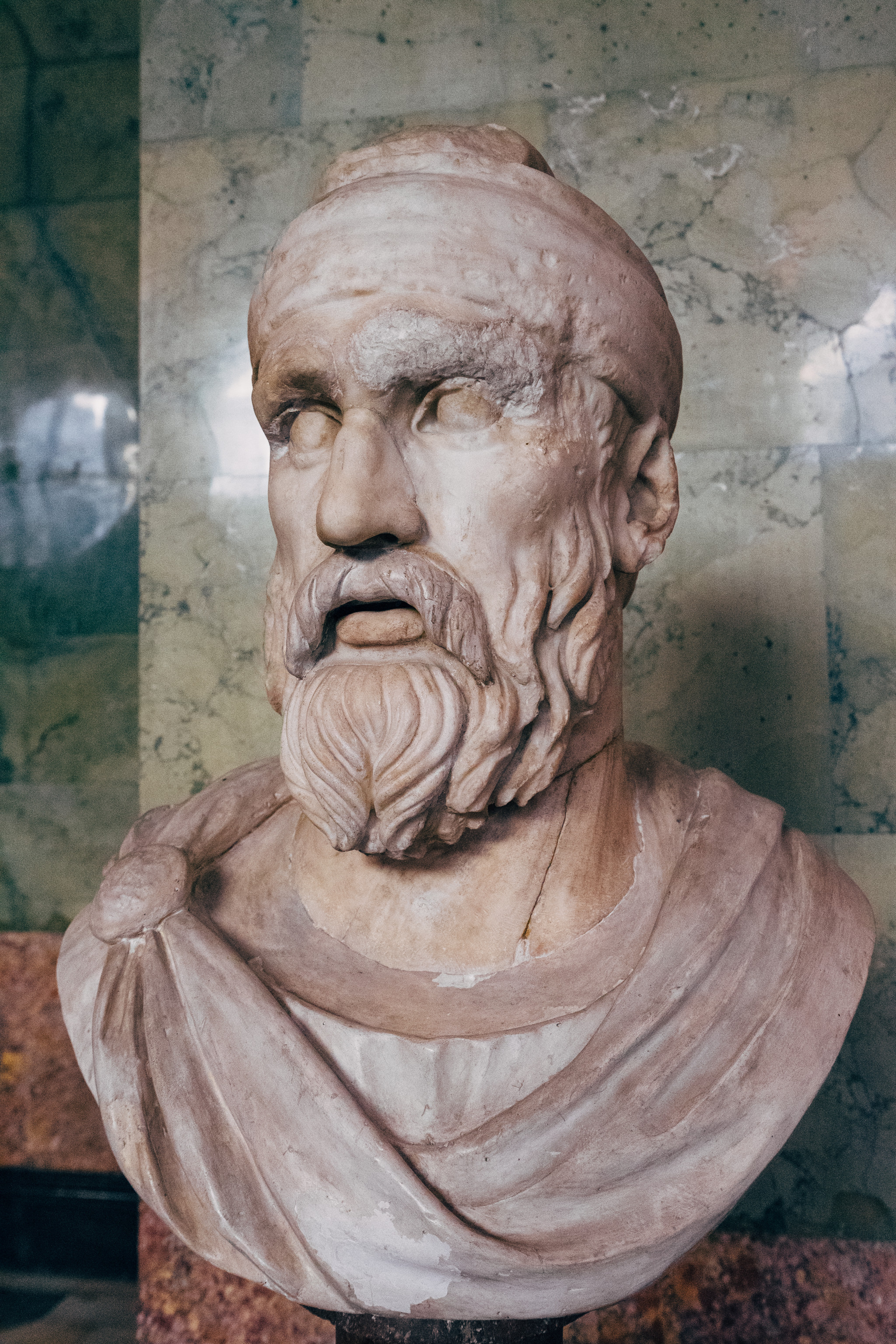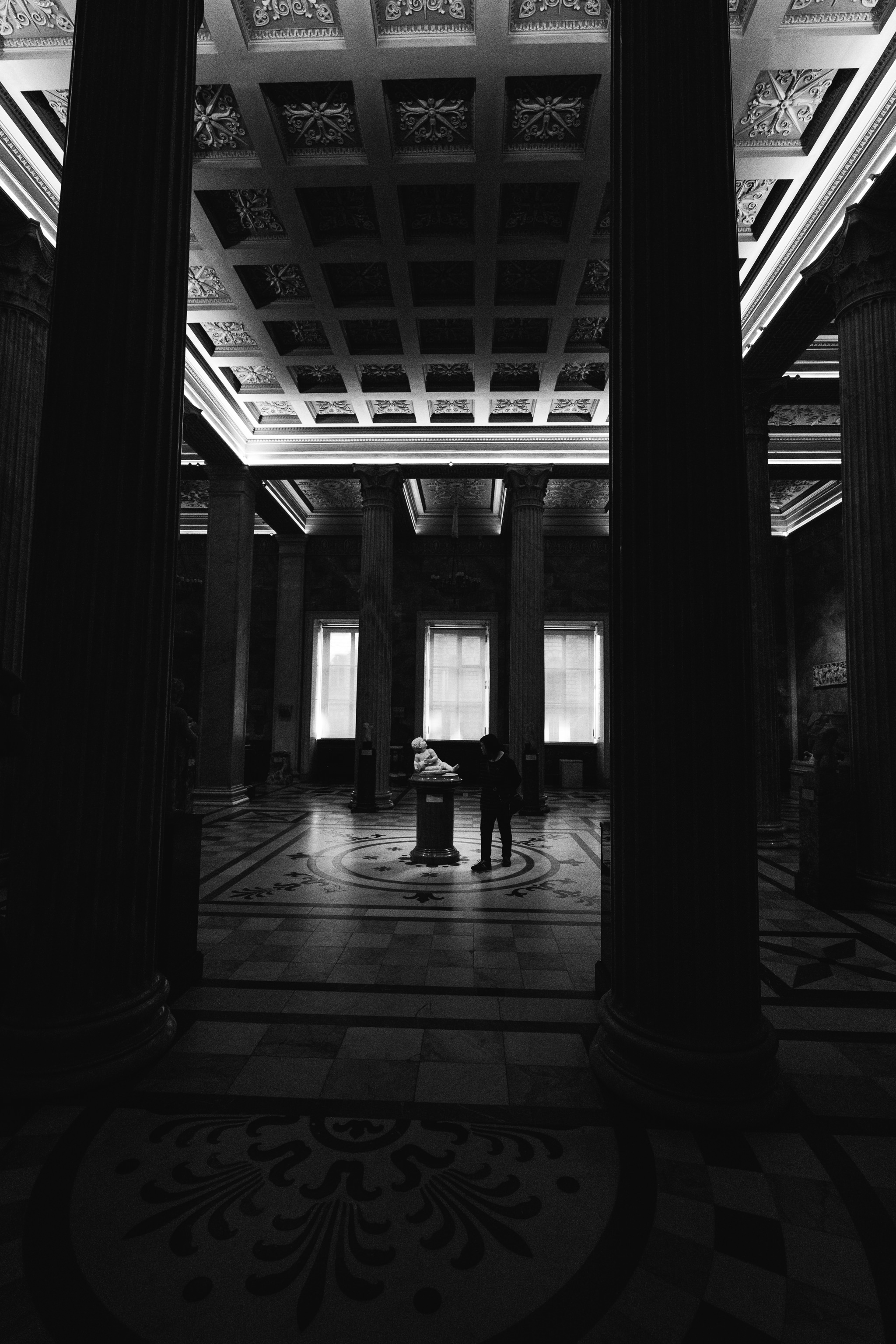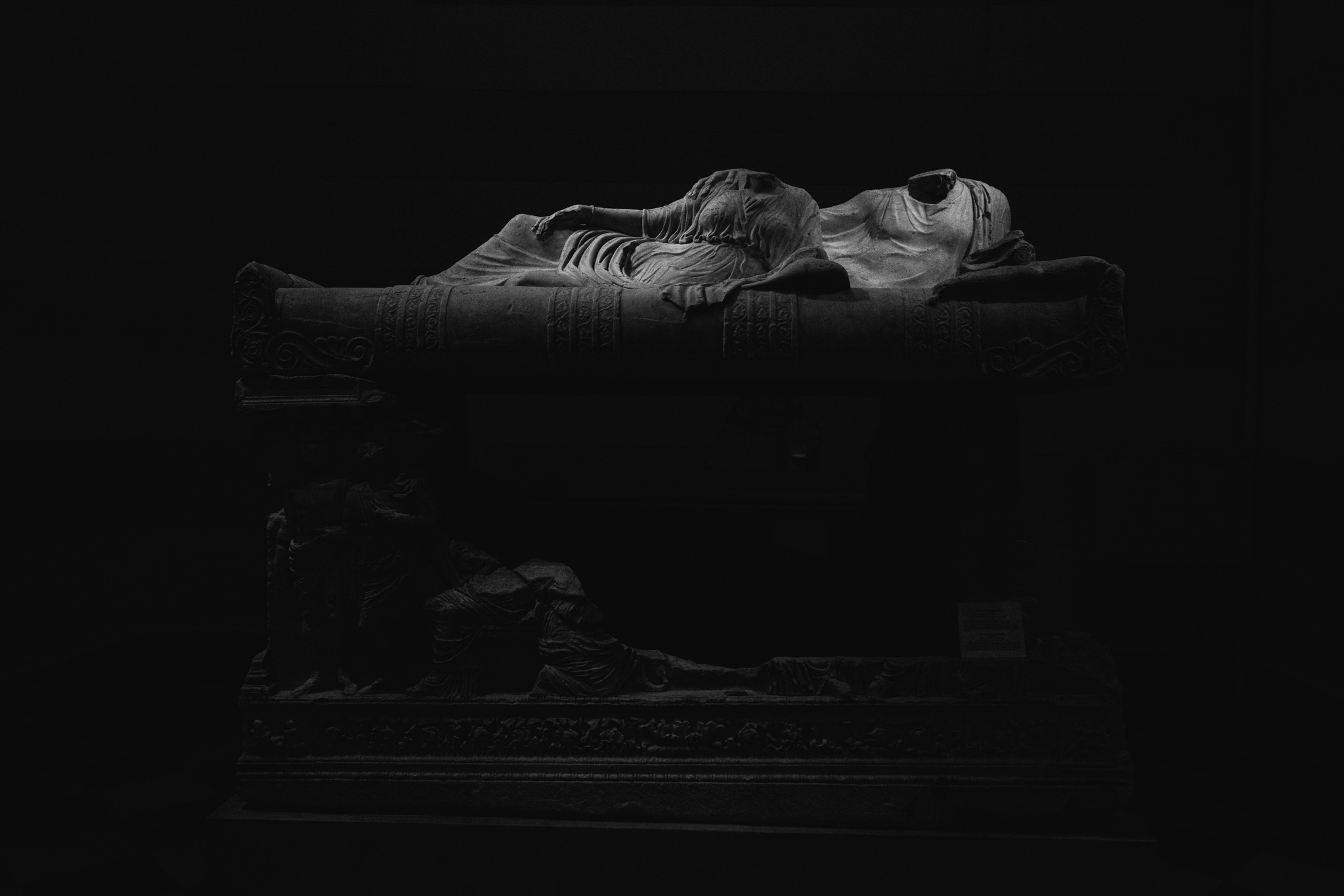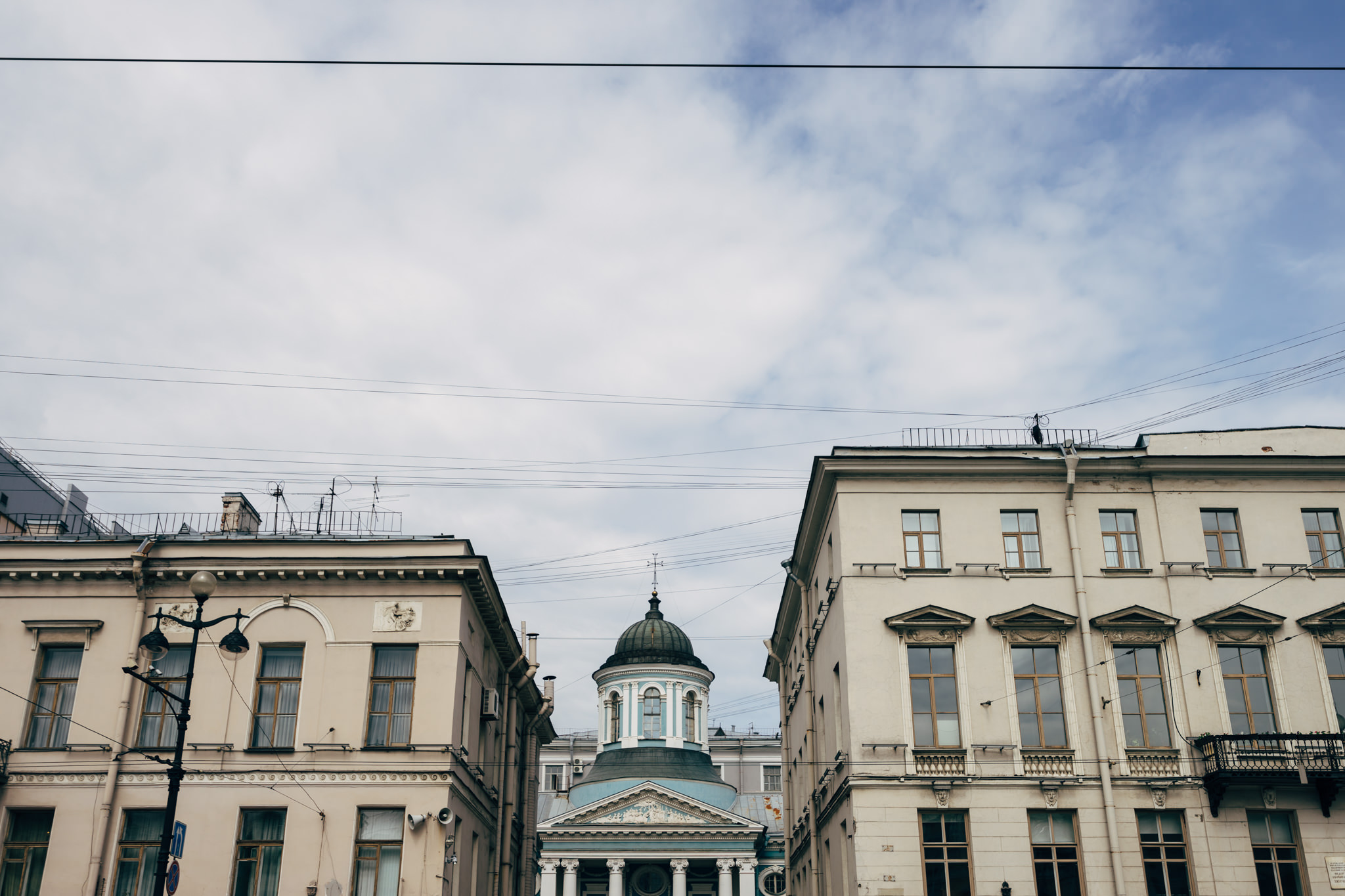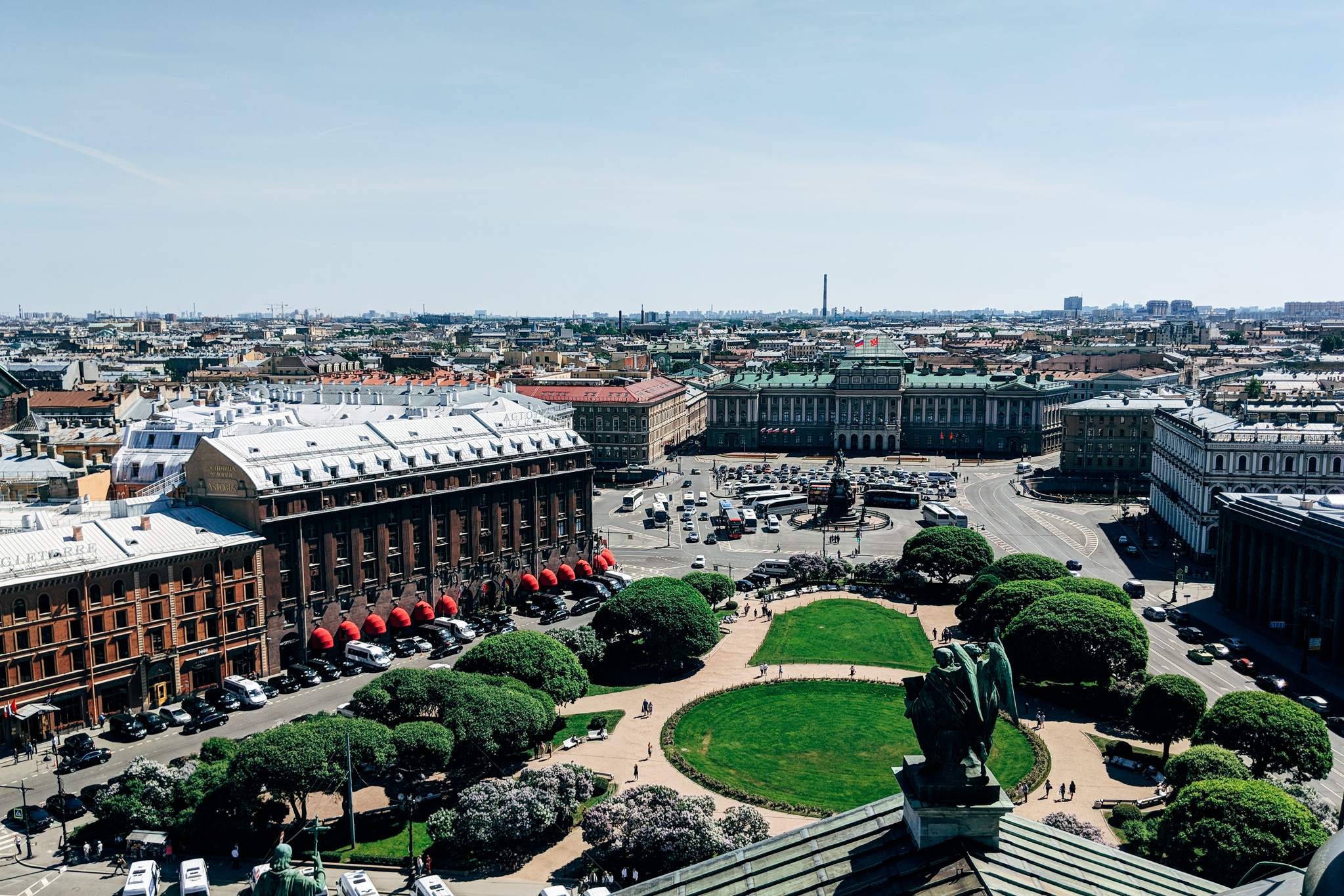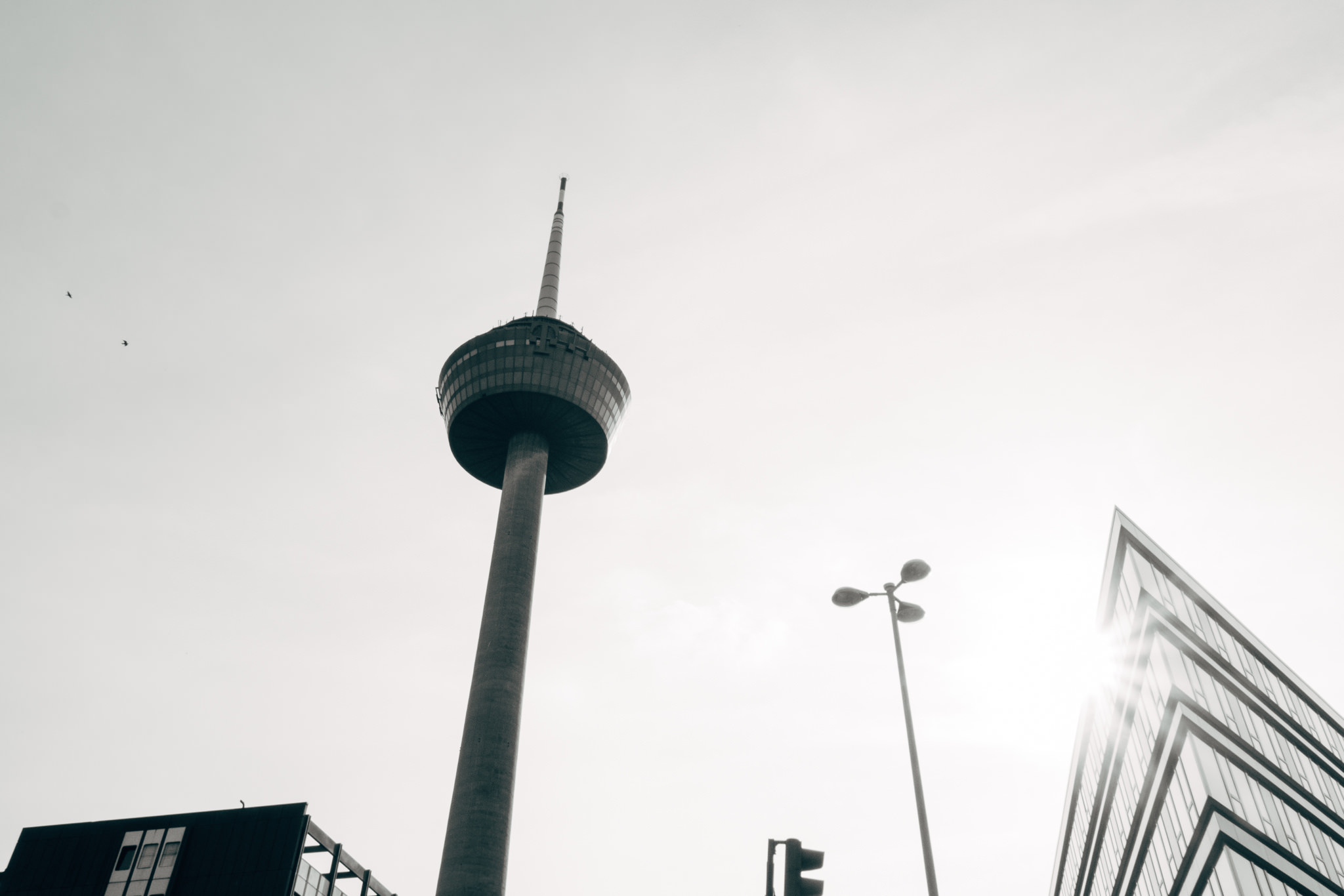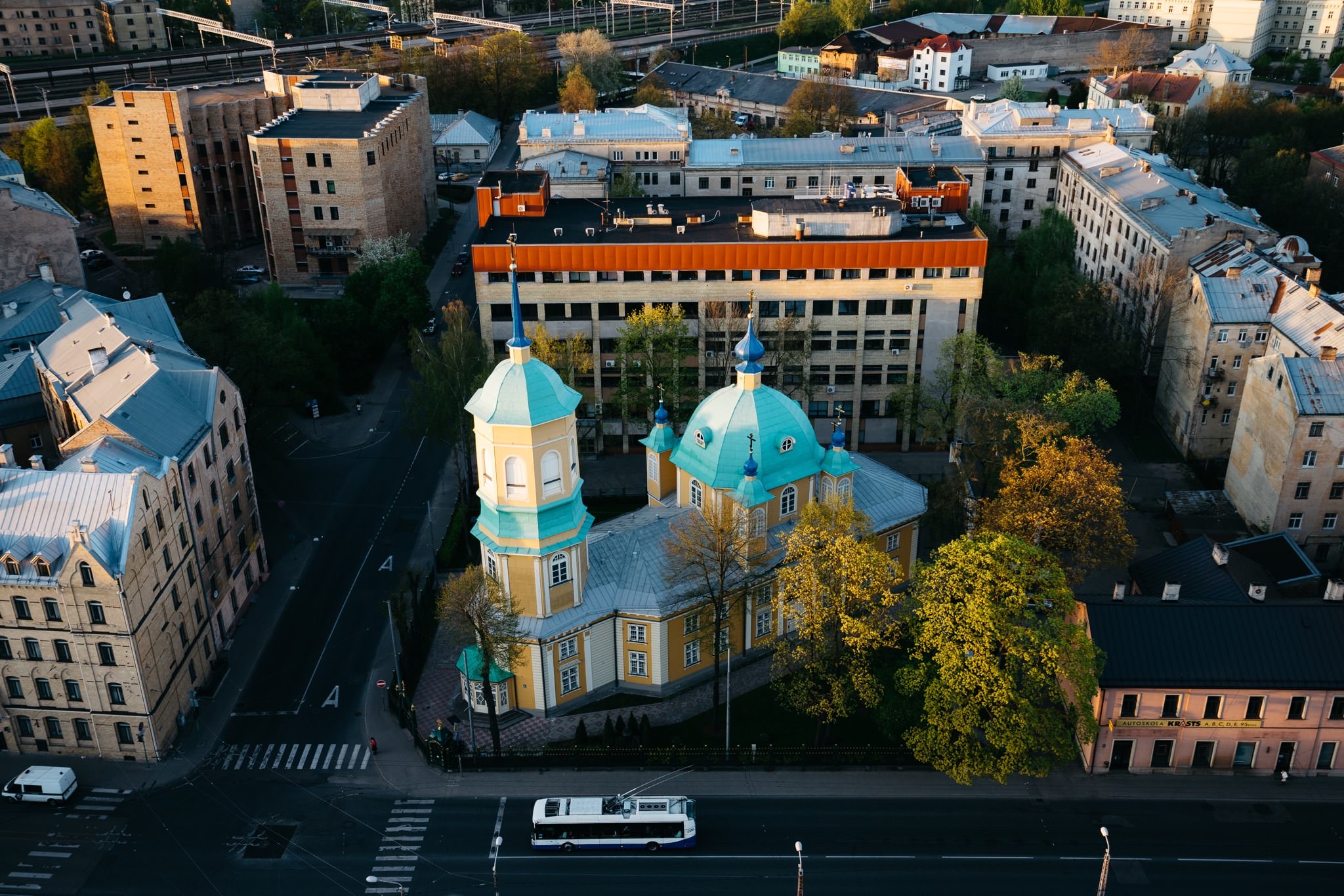St. Petersburg is home to the world’s second largest museum, The State Hermitage Museum.
In the 16th century, the Prussian merchant Johann Ernst Gotzkowsky assembled a collection of paintings by artists including Rembrandt, Rubens, Frans Hals and Jacob Jordaens. The planned buyer, Frederick II of Prussia, however, refused the purchase and so the trader offered the collection to Catherine the Great.
The Empress of Russia Catherine the Great bought the collection and commissioned the founding of a museum. Initially, the building in which the collection was housed was the “Small Hermitage”. Today the State Hermitage Museum (Russian: Госуда́рственный Эрмита́ж) comprises many buildings on and around the castle embankment.
The total area of the museum is 233,345 square meters. The actual exhibition area of the museum is 66,842 square meters, making it the second largest museum in the world. Only the Louvre in Paris, France, has a larger gallery space (72,735 square meters).
The name “Hermitage” refers to the early years of the museum, when access was very exclusive and only a few people were allowed to view the art collection. Since 1852 it is also accessible to the public.
The museum’s archive contains about three million objects. It contains not only the largest collection of paintings, but also archaeological finds, jewellery, furniture, porcelain, robes and much more. Only around 65,000 items of the collection are permanently exhibited in one of the more than 350 rooms.
On December 18, 1991, the State Hermitage Museum was included in the list of the most valuable objects of national heritage by the Russian President. The Hermitage Complex is also an essential part of the city centre of St. Petersburg, which has been declared a UNESCO World Heritage Site.


